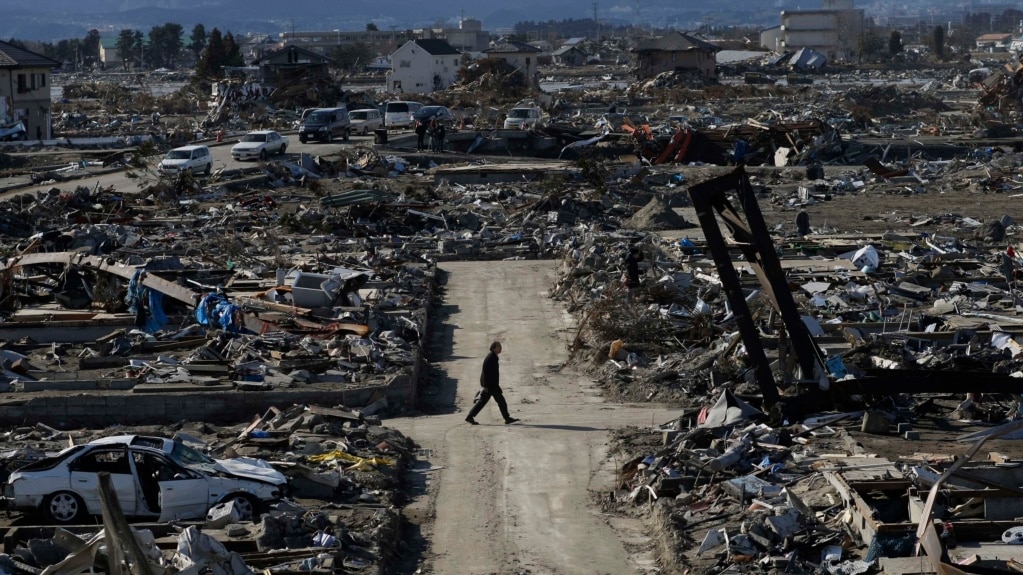Researchers say they have identified earth movement signals that could predict earthquakes up to two hours before they hit.
The signals were recorded, or detected, by GPS collection devices. The devices were positioned in areas where major earthquakes had struck in the past.
Scientists noted, however, that the right equipment does not currently exist to use the data to predict earthquakes. But if the sensitivity of current GPS measuring devices can be improved, the researchers say a new earthquake warning system could be possible.
Earthquakes are caused by movements, or slips, in existing faults under Earth’s surface, the U.S. Geological Survey (USGS) explains. A fault is a long break in rock attached to Earth’s crust. When tension builds up along a fault, energy waves are released and travel through the crust. This causes the ground to shake.
Technology for predicting earthquakes currently remains very limited. But the USGS does have equipment that can pick up seismic data when an earthquake is just starting. The term seismic relates to earthquake activity.
The USGS method makes it possible to warn people in areas where seismic activity is expected. But this method generally can only provide a warning several seconds before an earthquake hits. The USGS system is called ShakeAlert. It has already been deployed along the U.S. West Coast. That is where the majority of earthquakes happen in the country.
But the new detection method could produce warnings up to two hours before the damaging effects of an earthquake are felt. Such a system could save lives by giving people the chance to get out of buildings that might collapse in an earthquake.
Two scientists from France’s National Research Institute for Sustainable Development carried out a study that described the latest results. The findings recently appeared in the publication Science.
For the study, researchers examined GPS data collected before and after past earthquake events around the world. The data was collected on 90 earthquakes measuring larger than 7 on the Richter scale. The study period covered the past 20 years.
The team identified a pattern of fault movements as they examined the data collected from different areas. The movement signals were recorded within two hours of an earthquake striking. The researchers said the study demonstrates that faults generally begin to move about two hours before a large earthquake.
Scientists had identified such signals before single earthquakes in the past. But until now, researchers were not able to link those signals to all seismic events.
While the data identified this pattern, the scientists said the instruments that could capture GPS data in real time do not currently exist.
The National Research Institute for Sustainable Development issued a statement on the development. It said that in order to make predictions, researchers “would need to measure signals at least 10 times smaller than what we can presently do.”
Another way to possibly build a better earthquake prediction system would be to develop “dense measurement networks” that sit very close to faults. However, such an effort would require major technological progress, the institute said.
Quentin Bletery is a geophysicist at Côte d’Azur University in the city of Nice. Bletery worked together on the study with Jean-Mathieu Nocquet, another researcher at the university.
Bletery told Science that the study found that no observable movement was identified in the first 46 hours leading up to an earthquake. But starting around two hours before an earthquake, the GPS signals recording movement started to increase.
To confirm its findings, the team compared that data to more than 100,000 random time periods recorded when no earthquakes were reported. That experiment found that similar patterns in non-earthquake areas happened just 0.03 percent of the time.
“This tells us earthquakes are predictable in nature,” Bletery told Science.
The scientists note that more research is needed to support their findings. Much of the information used in the latest study, for example, depended heavily on data from GPS stations near major earthquake sites.
I’m Bryan Lynn.

